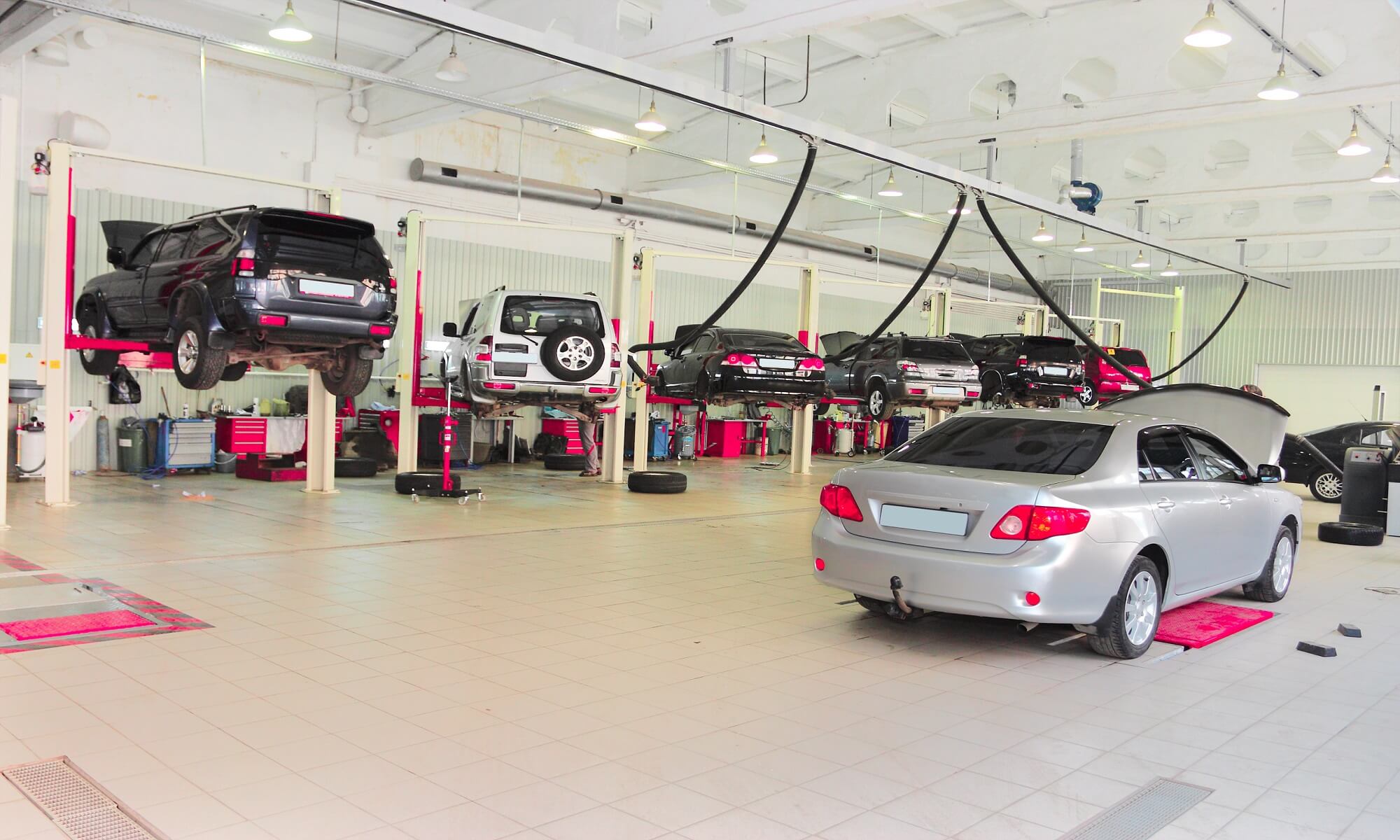
When we create new articles and pages for your automotive website they meet our car content quality guidelines. This also applies to when we improve the existing content on your current pages. The game of search engine optimization has changed throughout the years.
Unfortunately, many of the cookie-cutter auto repair shop websites apply techniques used in 1996. In today’s environment SEO has become a game of less is actually more. In the old days the search engines weren’t smart enough. We had to use our target keywords in the 5 percent range.
This made the page difficult to read, but old-school webmasters sacrificed content quality in order to rank well. Now the focus is on the reader and usability for the site visitor instead of the search engine spider. In other words, if you create a page that’s easy to read, the potential customer reads the entire page.
In fact, they may move on and read additional related pages with proper internal linking. These methods lead to lower bounce rates and longer time on site. These metrics become more important to rankings than saying the name of your town plus auto repair shop 14 times. I wouldn’t do that more than once per page.
Modern Approach to Creating Content

The search engines already know where your auto repair shop is located. We don’t need to repeat this over and over again. In fact, this can work against you. If the algorithm thinks you’re trying to game the system they reduce the quality score of your website.
However, keywords still play a role in getting a site ranked for its most coveted search terms. With that said, latent semantic indexing is currently the best way to achieve this in my opinion. Many in the SEO community shun this practice, but in the automotive vertical it works very well.
Simply put, the method of using latent semantic indexing is finding other words that refer back to the desired keyword string. Instead of using the phrase car repair 18 times throughout an article we can change it up by talking about automotive maintenance and individual repair procedures like replacing Chevrolet water pumps. Not only does this make the article easier to read it provides the search engine with all of the necessary information they need to properly rank the retail auto service center. Did you see what I did there?
The Benefits of Consistent Quality

When you attempt to follow the recommended car content quality guidelines you need to show consistency throughout the entire website.
It’s not good enough to throw up one article that meets these standards. This is where using automotive website software comes in handy. If we apply the same methods and use the same software to reach these goals we achieve a baseline quality level on every page we touch.
When the search engines come around to spider this content they recognize this effort. When you take the time to get the grammar, spelling and the technical details correct you gain quality points. You win by combining these best practices with technically correct information, a low bounce rate and on site times longer than an average of one minute.
Car Content Should Include Images

As we mentioned on the automotive social media page we like to use Pinterest as a tool in our marketing arsenal. The automotive vertical benefits from likable imagery. Whether you’re showing pictures of auto parts, muscle cars or shop equipment a picture is worth 1,000 words.
We apply our car content quality guidelines to the images we recommend and supply. In order to receive the benefit of posting an image the search engines need to understand what it represents. We accomplish this through a component called the alt tag. Originally designed for visually impaired computer users, this tag allows us to describe what’s in the picture.
The problem with website images is they can drastically increase load times. How fast the site loads became another ranking factor when mobile surfing exploded. People just won’t wait for your site to load. Therefore, we use software to compress the image. This way it loads fast while retaining most of its image quality. This provides you with an opportunity to share the picture on Pinterest where it provides a link back to your car repair website.
Problems with Car Content Quality Guidelines
There is one remaining aspect that pulls in different directions when we talk about car content quality. It’s the actual length of the pages and articles posted on your auto repair website. If you surf through a bunch of these cookie-cutter type websites you find extremely short pages.
The search engines are in the belief that the longer the page, the better the information it provides. Therefore, if two auto repair shops have equal quality scores the tie goes to the website with the longer pages. We shoot for articles and pages between 500 and 800 words. We’ve actually seen improved results with articles over 1,000 words.
Readers in the automotive vertical often find articles beyond 500 words hard to get through. Automotive website owners can also believe that shorter pages look better. In the end, we provide the content that the customer wants. With that said, we will always lean towards creating longer pages and articles when and wherever possible.


